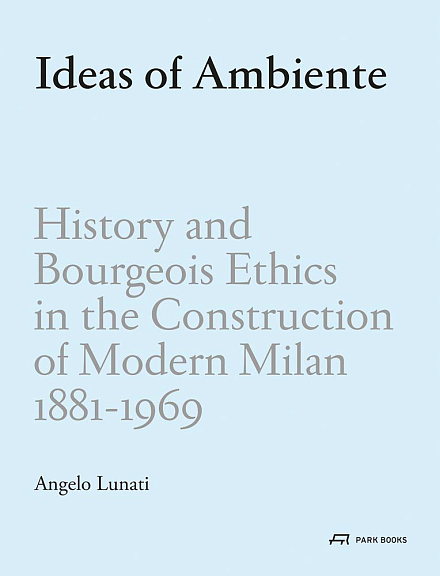-
Книги
- Нонфикшн
- Гуманитарные науки
- Деловая литература
- Естественные / Точные науки
- Книгоиздание
- Лайфстайл
- Словари / Энциклопедии
- Художественная литература
- Детектив
- Драматургия
- Классическая проза
- Мифология. Эпос
- Поэзия
- Собрания сочинений
- Современная художественная проза
- Фантастика. Фэнтези
- Биографии / Мемуары
- Графические романы / Комиксы
- Детские книги
- Воспитание. Педагогика
- Детский досуг
- О детских книгах
- Познавательная литература
- Художественная литература для детей
- Журналы / Зины
- Архитектурные
- Гуманитарные
- Журналы о моде
- Зарубежная периодика
- Искусство / Фотография
- Кино / Театр
- Лайфстайл
- Книги «Подписных изданий»
- Книги на иностранных языках
- Английский язык
- Испанский язык
- Итальянский язык
- Книги на иностранных языках для детей
- Немецкий язык
- Финский язык
- Французский язык
- Шведский язык
- Книги о кино
- Книги о музыке
- Книги о средневековье
- Книги о театре
- Книги о фотографии
- Книги об искусстве / Книги об архитектуре
- Альбомы по искусству
- Архитектура
- Декоративно-прикладное искусство
- Живопись
- Искусствоведение
- Орнаменты
- Прочее
- Танец
- Татуировка
- Творческое развитие
- Книги по философии
- Кулинарные книги
- Николай Солодников рекомендует
- Предзаказ
- Про дизайн / Про моду
- Путеводители / Книги о путешествиях
- Канцелярские товары
-
Подарки
- Брошки и значки
- Гирлянды
- Закладки
- Игры
- Календари
- Наклейки
- Наши сувениры
- Открытки
- Всякие-разные
- Наборы открыток
- Поздравления
- Про любовь и другие хорошие чувства
- С писателями и поэтами
- С цветами, овощами и фруктами
- С цитатами и другими фразами
- Подарочные сертификаты
- Постеры
- Прочее
- Сумки и шоперы
- Упаковка
- Подарочные сертификаты
Адрес магазина: Санкт-Петербург, Литейный пр., 57
Ideas of Ambiente: History and Bourgeois Ethics in the Construction of Modern Milan, 1881-1969
| Автор | Angelo Lunati |
|---|---|
| Издательство | Park Book |
| Год издания | 2021 |
| Переплет | Твёрдый |
| Страниц | 288 |
| Язык | Английский |
| ISBN | 978-3-03860153-1 |
| Артикул | 1157312 |
When we hear of Milan, we think of fashion, soccer, or Leonardo da Vinci. Yet Milan is a leading global city economically as well, regarded as one of the “Four Motors in Europe.” How did Milan become a city of such importance both economically and artistically? Its remarkable position is the result of the constant modernization Milan undertook throughout the nineteenth and twentieth centuries. The city’s upper classes were the main drivers of this development, which made Milan a true metropolis—one that reflected their common interests, rooted in keen entrepreneurship, a sense of history, and their origins. In Ideas of Ambiente, Angelo Lunati investigates the relationship among the Milanese upper class, its specific urban culture, and architecture. Lunati realizes his homage to a metropolitan bourgeoisie through the comprehensive concept of “ambiente,” reaching beyond the mere built environment to comprise much wider cultural and social aspects as well. Ideas of Ambiente invites us to appreciate Milan’s architectural trajectory, from its initial romanticism via bold modernism to the elegant yet politically charged aesthetic of the post-WWII period. Lunati demonstrates how the “ambiente” works as a binding agent to which certain neighborhoods owe their environmental unity and how it makes a consistently modern architecture just the latest expression of a historical continuity.
Подписка на рассылку
Мы будем присылать вам обзоры книг, промокоды и всякие-разные новости


